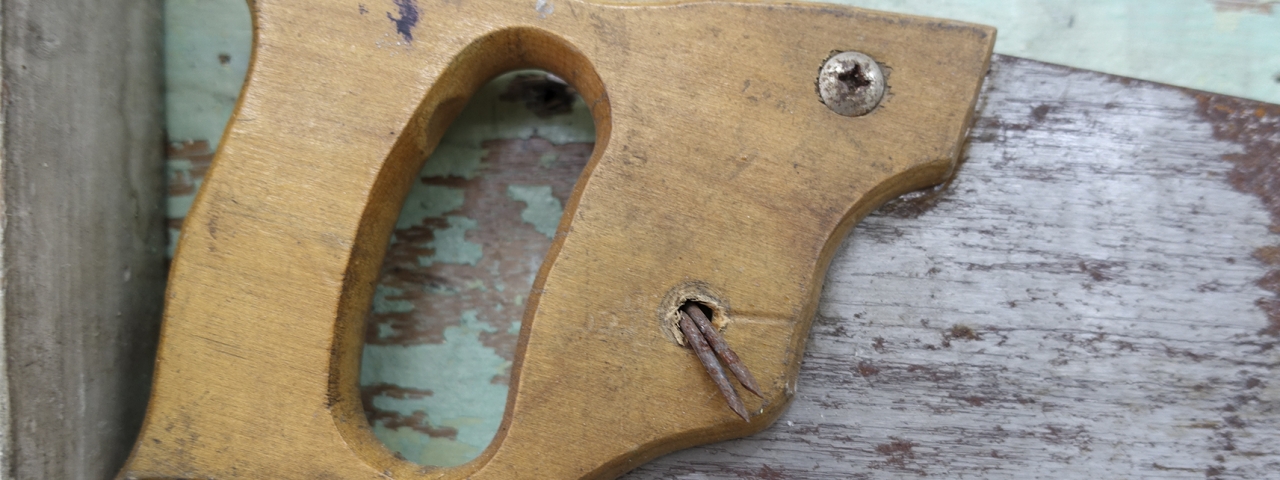“Working Condition” reflects on the importance of the garage as a place of activity. Borrowed from the French term for shelter, a garage was thought of as a place where residences could keep their automobiles. Neither attached nor detached from the actual house, it became a site that somehow represents the starting and the ending point of one’s daily routine: leaving at 8, parking the car at 5. However, the role of the garage has been inadvertently changed, especially by the number of million-dollar Silicon Valley tech companies who claim their humble beginnings inside a garage by using its area as an alternative to an office because of its advantage: low rent and ample space. Subsequently, the garage became paramount to American subculture as rock and punk bands started forming and using it as a place for rehearsal, recording, and underground concerts.
However, the setting of the actual garage contemplated for this show, is built inside a compound of houses. The three artists share the space as a working studio — away from the stereotypical depiction of how the public perceives artists as painting obsessively in the dead of the night, quietly and in private. “Working Condition” examines how a garage-turned studio defines their personal and professional spaces: inside, the boundaries of someone’s working space are not clearly defined from another but only with a sense of intuition and mutual respect. Here, we witness the conditions set in a place where one’s association or disassociation to his peers can be interchanged much like how the garage is connected to a house; neither linked nor separated, neither alone nor in a group.
Pope Bacay’s paintings delve in themes that evolve within tropes of architecture and landscapes. A duality among his works can be observed through the exploration of binary opposites in depicting realist fragments of houses (particularly windows), and the abstract rendering in his landscapes. In this show, Bacay removes himself from the garage (although owned by his family, he had arranged for the two artists to use it also as their studio) and takes the perspective of someone who is from the outside looking in.
Indy Paredes’ body of works partly surveys the conditions of living in congested urban areas. Placing an emphasis to improvisation in materials and construction methods, particularly, in low and middle economic classes. Through images of fixtures found inside the garage and using materials he believes could improve the site, Paredes observes the imperfections of the place such as the uneven rough cement flooring and how the area is not a conducive workplace during summer. Paredes notices the parallel of how garages, workshops, and the studios are utilized over the years: a place where you create and fix things.
The garage as a storage for excess is an idea that Miguel Puyat raises for this show. With a collection of works that thrive on collages and assemblages, Puyat’s recourse in assuring a sustainable art practice relies heavily in the up-cycling and re-appropriation of found objects. In this show, the artist is presented as a hoarder who takes unwanted things and puts them back in order. Materiality comes full circle for Puyat as discarded pieces of wood that he took from West Gallery’s recent renovation has been re-used to create an assemblage featured in this show —a poetic take on up-cycling, where the artist becomes the negotiator between the garage and the gallery.
— Gwen Bautista




